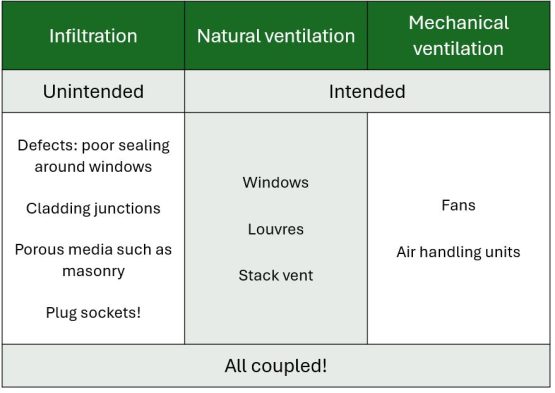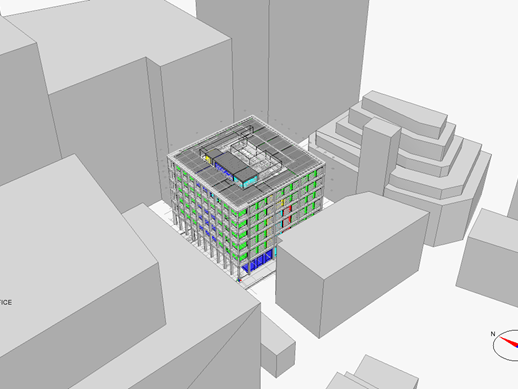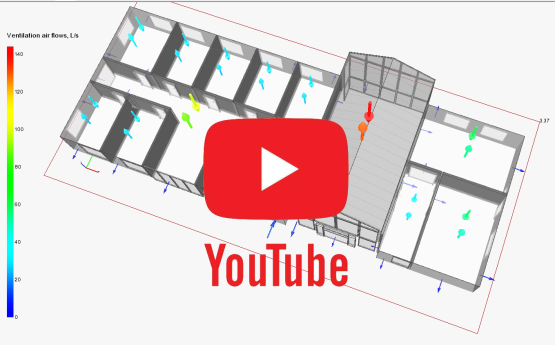... and how we used IDA on 3 New Street Square
Nerdy video blog
In comparison to software such as IES, TAS, or Designbuilder, IDA ICE has a unique paradigm for implementing infiltration and ventilation. The video blog covers some of these features. Then it goes on to provide a “quick and easy” implementation of a model positively pressurised with 10% surplus supply ventilation and a bit of localised extract.
Whilst this is a trivial arrangement in HVAC and ubiquitous, it is not trivial to model. Except in IDA ICE. Let’s do it --->.

Infiltration... what is it? It can be thought of as a category of ventilation. The other categories are natural and mechanical ventilation. We can think of it as unintended ventilation. We have ventilation that is intentional, for example from opening a window or running a ventilation fan.
All categories of ventilation interact – they’re coupled.
Should we ignore flow imbalances?
IDA excels by modelling this interaction in an easy way. In other software, the supply and extract flow are modelled as "balanced" and modelling imbalances is hard. But should we be ignoring these flow imbalances? In IDA ICE we don't have to.
3 New Street Square
Using IDA ICE, ICE-BERG modelled the CAT B fit-out of 3 New Street Square. We established WELL thermal comfort and daylighting plus NABERS DfP. Comfort risk in some solar-exposed zones was mitigated via HVAC and window blind strategies. This contributed to WELL Platinum and 4.5 NABERS stars.
We did an EPC as well!
Using IDA, it is easy to model return air paths if they are remote from cellular offices that they serve. The adaptive thermal comfort model made it easier to establish compliance with WELL T01's Predicted Mean Vote (PMV). Finally, the in-built subversioning tool took the pain out of running multiple off-axis NABERS iterations.

